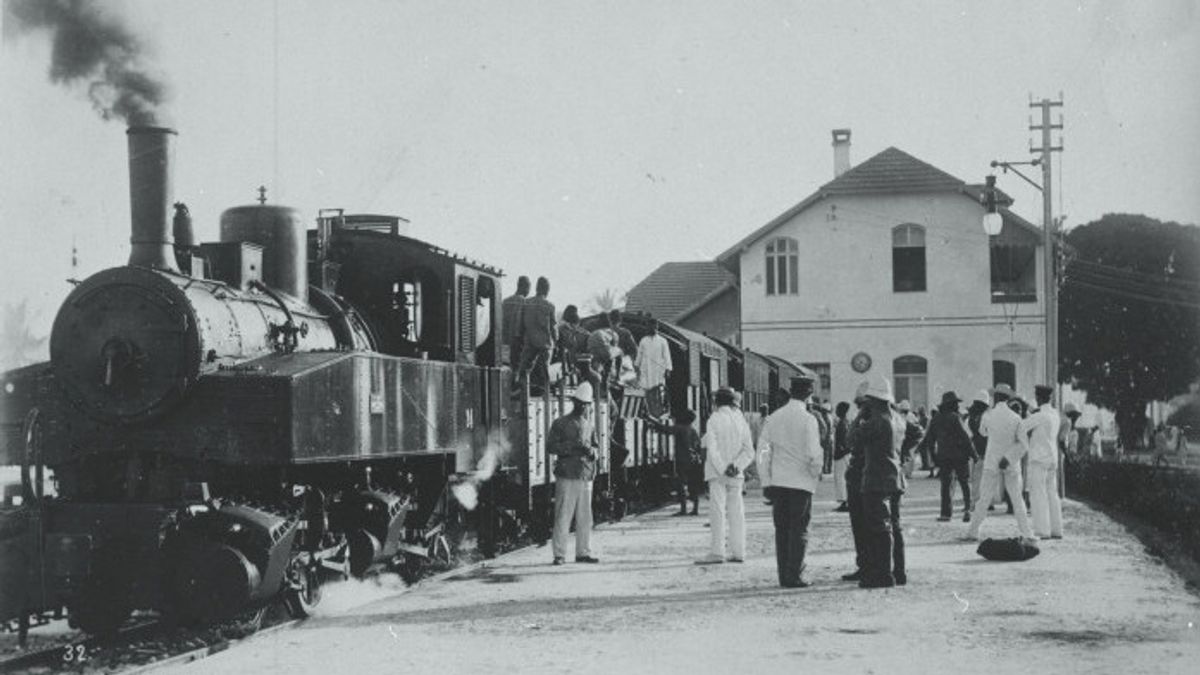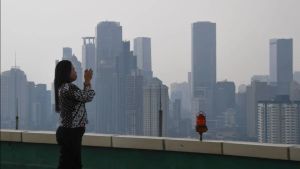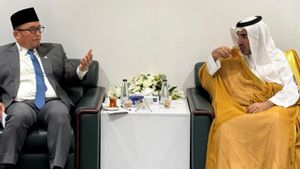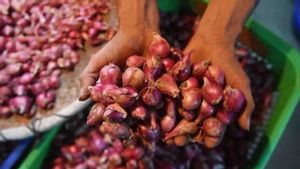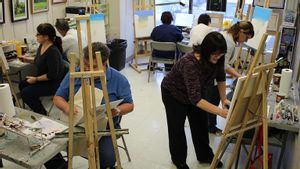JAKARTA - Public transportation in the Dutch colonial era was all limited. Especially to transport large numbers of people and goods. The Dutch East Indies colonial government also racked its brains. They built many railroad lines.
Thejian managed to bring benefit to all the people in the Dutch East Indies. The bumiputras, especially. They welcomed the presence of the train with great fanfare. Even though they had to accept racism and live in goat class carriages.
The large transfer of people and goods was considered a high wishful thinking in the Dutch East Indies. The limited public transportation in the Dutch East Indies became the reason. Even if there is, public transportation is still limited to horse carriages and ships that incidentally cannot access remote areas.
This condition was quite difficult for the Netherlands to achieve considerable profits from the trade in produce. The obstacles began to be felt in the early days of forced cultivation (1830-1870) on the island of Java. The Netherlands had difficulty sending large amounts of export quality plants at once. These plants include sugar cane, coffee, cloves, cinnamon, pepper, rice, sugar, and tobacco.
The colonial government of the Dutch East Indies did not remain silent. The issue of mass transportation became their focus as they benefited greatly from forced cultivation. Instead of using only forced cultivation profits to build the Dutch country, this advantage was also used to build a colony.
The initiation of presenting trains in the Dutch East Indies was rolled out. They were forced to move so that profits would increase. The train at that time was considered the only option to double the Dutch profits from forced cultivation. The construction of many railway lines began in 1842.
The Dutch colonial policy also underwent a complete change, In the era of the VOC and the Paksa Plant System, ownership in the archipelago was seen as part of the conquest, which as much as possible should benefit the countries. But now, the sharp line is drawn between the finances of the two countries, and the appropriate balance no longer needs to be added to the Dutch budget.
Having its own treasurer, the Dutch East Indies Government can now pay full attention to the problems of the prosperity of its territory in the first place. And since then, great costs have been spent on the economic facilities of the Dutch East Indies ( ports, railway roads, etc.), also to encourage the material and spiritual development of the inhabitants of bumiputra (education, general health, etc.)," explained J. Stroomberg in the book Khindia Netherlands 1930 (2018).
The presence of trains does not only bring economic progress. Sometimes trains are also considered a form of human victory over time. Human mobility is increasing. Therefore, the presence was greeted with great fanfare.
The train later became the prima donna public transportation in the Dutch East Indies. No one doesn't want to take advantage of the train. All ethnic groups enjoy the presence of trains. From Europeans to natives. The proof is, every year train passengers often increase sharply.
Mainly among Bumiputra. The presence of trains is considered a blessing from the Almighty. The existence of trains can make them travel from one place to another quickly. Save costs and time too.
Moreover, the natives used train facilities with various needs. Among other things, go to work, meet distant relatives, to have fun. After all, the natives can carry luggage such as pets such as goats or chickens. In fact, up to 50 kilograms or more.
They welcomed the presence of the train with gratitude. Even though the bumiputras were only allowed to occupy third class carriages. By the Dutch who were free to occupy first and second class carriages, the Bumiputra carriages were often dubbed cynically as goat class carriages.
In 1904, a special government commission of investigation reported that the number of passengers in the first class ("Europe") of the Dutch East Indies train rose by 4,000 over the past 3 years; in the second class ("low-income Europeans" and top-class natives) the number of passengers rose 33,000. Not so much actually.
In the third class ("pribumi"), however (or goat class, as commonly known), the increase is 550,000. The commission did not hide its surprise: The use of trains and trams by small people/kleine man (Dutch term for the people, street people, bumiputra) rose faster than the original conjecture, said Rudolf Mr
The English, Chinese, Japanese, Arabic, and French versions are automatically generated by the AI. So there may still be inaccuracies in translating, please always see Indonesian as our main language. (system supported by DigitalSiber.id)
